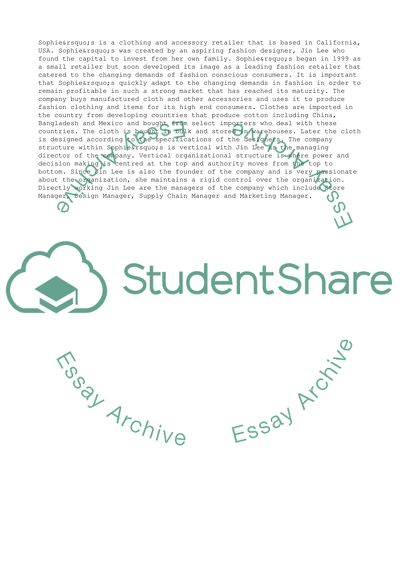Cite this document
(“The Organisation & Key Aspects of its Management Structure Essay”, n.d.)
The Organisation & Key Aspects of its Management Structure Essay. Retrieved from https://studentshare.org/management/1585890-the-organisation-and-key-aspects-of-its-management-structure
The Organisation & Key Aspects of its Management Structure Essay. Retrieved from https://studentshare.org/management/1585890-the-organisation-and-key-aspects-of-its-management-structure
(The Organisation & Key Aspects of Its Management Structure Essay)
The Organisation & Key Aspects of Its Management Structure Essay. https://studentshare.org/management/1585890-the-organisation-and-key-aspects-of-its-management-structure.
The Organisation & Key Aspects of Its Management Structure Essay. https://studentshare.org/management/1585890-the-organisation-and-key-aspects-of-its-management-structure.
“The Organisation & Key Aspects of Its Management Structure Essay”, n.d. https://studentshare.org/management/1585890-the-organisation-and-key-aspects-of-its-management-structure.


